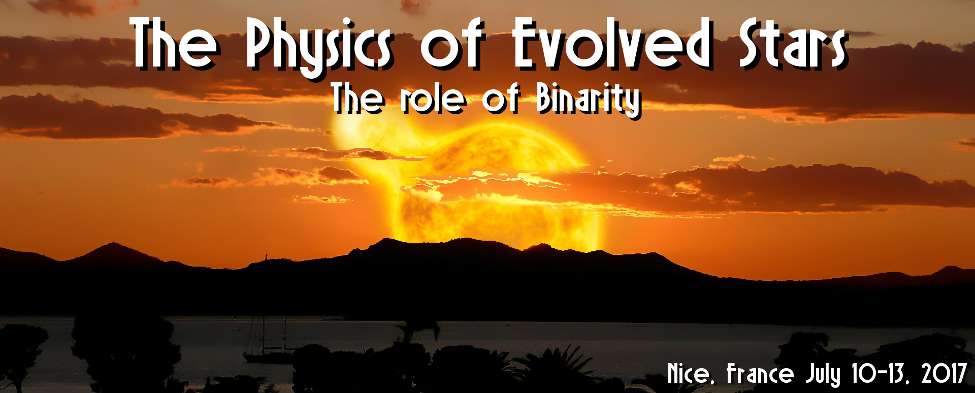Classical Wolf-Rayet (WR) stars are evolved, hydrogen-poor stars characterized by powerful, radiation-driven stellar winds. Stars reach the WR phase after having shed much material via either stellar winds or mass-transfer in binary systems. Because stellar-wind mass-loss scales with metallicity, current evolutionary models predict that the majority of WR stars at the low metallicity environments of the Magellanic Cloud form in binaries. Using the PoWR code, we performed a non-LTE spectral analysis of the complete population of Wolf-Rayet binaries in the Small and Large Magellanic Clouds (SMC and LMC), testing mass-luminosity relations against orbital masses, and constraining evolutionary channels for each system using the BPASS and BONNSAI tools.
We find that the initial masses of most WR stars observed in the Magellanic Clouds significantly exceed the minimum mass needed for a star to enter the WR phase intrinsically, i.e. via stellar wind mass-loss. A comparison with evolutionary tracks reveals that, while mass-transfer in binaries may have played a role in their detailed evolution, it does not dominate the formation of WR stars in the Magellanic clouds.

 PDF version
PDF version
